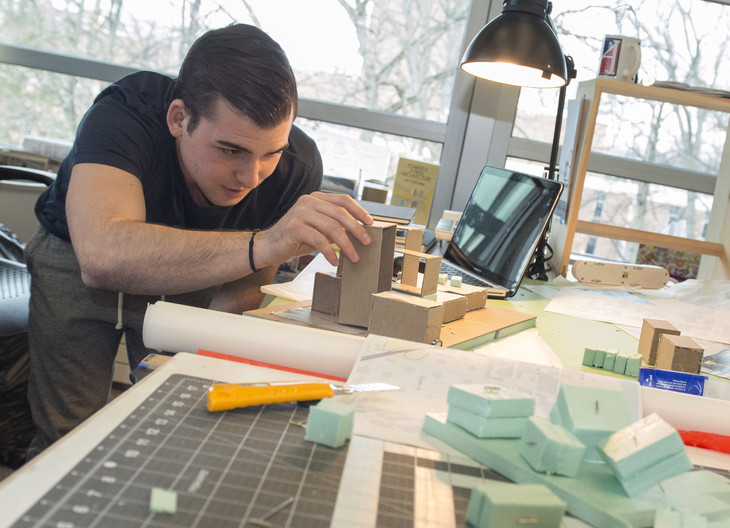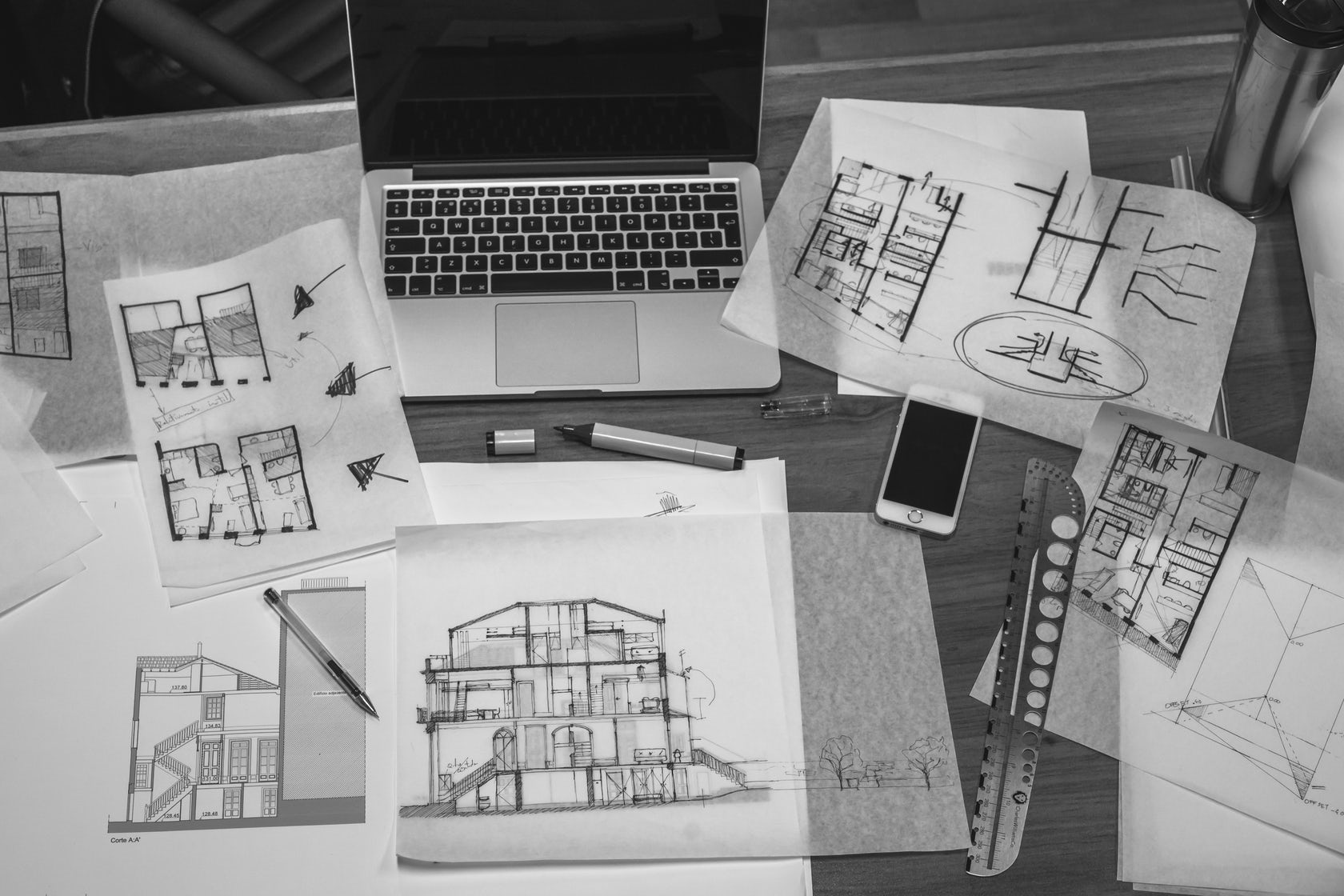Being an architect has always been a dream for many people, especially those interested in the arts. Accordingly, studying architecture is pursued by many people around the world. However, architecture isn’t an easy major; the mental and physical stress architecture students undergo makes the process harder. No matter Which Type of Architecture Student You Are, you have to watch out for these common mistakes made by most architecture students.

IMAGE: Patrick Mansell
What do architecture students study?
There are several specializations for architecture students, mainly divided to:
- Landscape Architecture
- Urban Planning
- Interior Architecture
List of 10 Mistakes Architecture Students Make
1. Studying architecture for the wrong reasons
If you chose architecture for being a fun subject or for securing a prestigious job, and not because you enjoy drawing, sketching, designing, and planning, you would soon realize that you have made a huge mistake. Architecture necessitates studying and working for long hours and it can only be fun when you enjoy playing with colors, forms, shapes, and lines. If you do not love what you do, choosing this path will make you suffer a lot.
2. Take more time before starting
Mostly, people tend to take a vast amount of time in preparing their ideas before starting their projects; however, you have to be aware not to waste your time in preparing the idea only. Postponing the project for too long for the sake of getting a perfect idea is a huge mistake that might result in hurried, last-minute submissions of flimsy projects. On the other hand, knowing how to manage your time properly and beginning to work early will help you to develop and refine stand-out projects.
3. Producing weak designs
The essential requirements for a good design are being innovative, interesting, and balanced. If you submit a poor, cheesy work that is overly pretty and looks cheap, do not expect a good mark. The examiners expect you to produce imaginative, innovative designs that will make them sit up and take notice. Failing to design interesting and clever concepts is an alarming sign that architecture and arts are not for you. Additionally, resorting to simple structures and designs is not a good idea, as this will not give much room to show off your skills. Instead, focus on complex compositions in order to stand out. Furthermore, producing a well-balanced design might be a challenge, but this can be attained easily by giving more attention to composition.
4. Showcasing your weaknesses
No one is perfect, we all have our weaknesses and we are improving over time. That’s OK. However, you have to know how not to display your weakness, but turn them into strengths. Practice a lot and learn how to use distracting mechanisms by flaunting your own strengths.
5. Having difficulties in the development

Via Pexels
What examiners usually want to see is your ability to develop and improve over time. Producing work that does not develop at all sends negative signs about you.
6. Restarting your work over and over again
Most architecture students have the trait of seeking perfection and that might lead them to restart their work more than once. If they are not satisfied by every result they gain, this will hurdle their way towards improvement. In many cases, these projects that seem “weak” at the beginning, end up to be amazing designs. So, do not fall into the trap of seeking the ultimate perfection, and complete your unfinished projects.
7. Imitating other work
Architecture students who imitate the work of others not only show that they are not qualified and that they lack originality and interest, but they will also be committing plagiarism. Unless you are asked to draw from second-hand resources, imitating designs is one of the gravest mistakes.
8. Spending much time in annotation
As mentioned earlier, learning how to manage your time properly and not spending too much time before really working on your project is of great importance. Annotation is necessary for assessing work and communicating concepts and ideas; however, you have to set your priority and put your fullest energy into planning and designing.
9. Weak presentation
Designs are undoubtedly assessed on the visual level. Therefore, an excellent, refined presentation of your work matters. It can show that you are organized and committed to your work.

